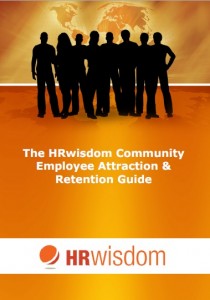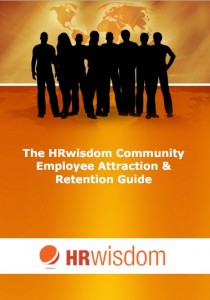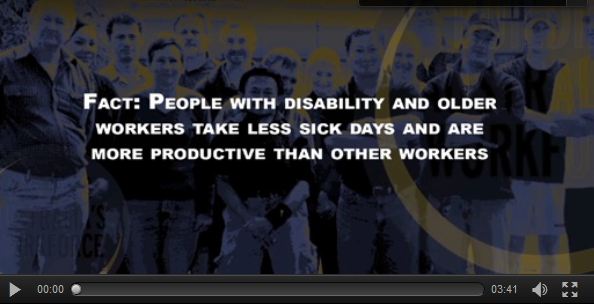Employers everywhere are facing many different challenges and this makes staff motivation very difficult.
Some companies are struggling with the decline of the manufacturing sector and related job losses.
Organisations in the resources-rich states are facing rising labour costs and skills shortage issues.
Businesses in the retail sector are trying to protect tight profit margins and decreasing sales volumes against the flight to online shopping.
No matter what the economic environment or challenges, all organisations need to maximise the efficiency and effectiveness of their workforce.
Maximising this efficiency and effectiveness can be done in all sorts of ways such as:
- Employee Value Propositions (EVP)
- Process improvement programmes
- Training and development
- Employee engagement initiatives
- Employee retention systems
- Performance improvement plans
There are all sorts of ways to successfully manage your workforce and many of these good ideas are discussed in the free HRwisdom Employee Attraction & Retention Guide.
Not Our Recommended Approach To Staff Motivation
One method of staff motivation that is NOT RECOMMENDED is to give employees $10 if they can successfully guess which of their colleagues is the next to be fired.
In a post a couple of years ago on the US ABC News website, details were reported of a court case in the United States in which an employer found himself in hot water for trying to motivate his staff by running a “firing contest.”
Apparently the employer sent a company-wide memo telling staff they could win if they successfully guessed which of their colleagues would be fired next.
Once the winner had been chosen, the contest started all over again.
Unfortunately for the business, a number of staff resigned after they realised the whole thing was not actually a joke as they first thought.
Some might call this an “interesting” approach to employee engagement and employee retention.
 The judge called it “egregious and deplorable.”
The judge called it “egregious and deplorable.”
Either way, this employer won’t be winning any Employer of Choice awards anytime soon.
And in case you’re wondering, yes there were penalties involved.
The employer was required to pay large fines for issues relating to what we in Australia might refer to as constructive dismissal and harassment.
So, if you are thinking about implementing this novel method of employee motivation, perhaps you may be better serviced sticking with the good ol’ Employee Of The Month award until something better comes along . . .
You can download the HRwisdom Employee Attraction & Retention Guide now.
HRwisdom









